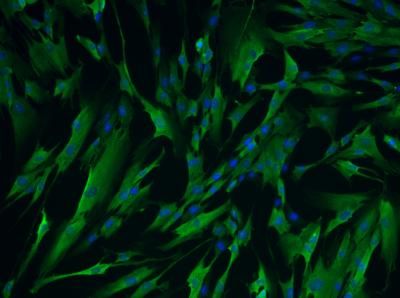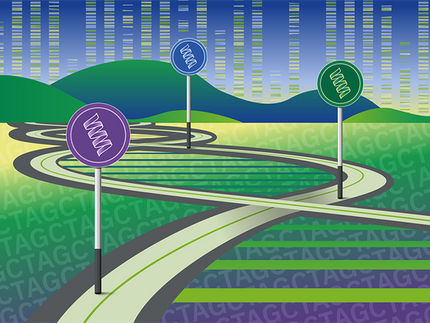Australian Researchers Isolate Novel Genetic Targets for Schizophrenia
Advertisement
San Francisco. State Government of Victoria, Australia -- BIO2004 -- For the first time scientists are using tissue collected post-mortem to simultaneously identify a range of genes and proteins that could well hold the key to schizophrenia and bipolar disorder (formerly known as manic depression).
In their screen of the human genome, the team at the Mental Health Research Institute (MHRI) in Melbourne, Australia have isolated 69 genes that could unlock the mystery of what causes the serious psychiatric illness, schizophrenia, which affects one in every 100 Americans.
Biocomm, Victoria's international life-science business development specialist, will showcase the research at BIO2004, the world's biggest biotechnology conference, San Francisco June 6-9, 2004. Schizophrenia and bipolar disorder (Type 1) affect 2 per cent of the World's population and to date have resisted attempts to track down their genetic basis.
Scientists led by Associate Professor Brian Dean (MHRI), have completed a study using samples of brain tissue obtained post-mortem from subjects who had suffered one of the two diseases. This study has identified -- for the first time -- 153 genes that are expressed at higher or lower levels from subjects with schizophrenia compared to that in the brain of individuals who have not had a psychiatric illness. Sixty-nine of these genes have now been confirmed as worthy of intensive investigation as potential candidate genes for schizophrenia.
"The challenge now is to understand how changes in these genes can cause the symptoms such as hallucinations or delusions, which are the hallmark of schizophrenia," Professor Dean said.
In parallel to their genetic studies, the scientists are using the technique of proteomics to study thousands of proteins that are coded for by the target genes. While protein analysis is still ongoing, proteins have been identified that are altered in either schizophrenia or bipolar disorder while a third group of proteins have been shown to be changed in both disorders. "Our studies are exciting because they bring together two powerful technologies allowing the study of the human genome and proteome of the brains of people with these disorders," Professor Dean said.
The scientists are now beginning a large study looking at the brains of more than 140 people. Once this study is completed it will represent one of the largest databases in the world detailing changes in proteins in the brains of subjects with schizophrenia and bipolar disorder. This study is prompted because at present schizophrenia is known to be a syndrome of diseases that are likely to result from differing causes. This research program intends to use differential brain protein expression patterns to identify the different diseases that make up the schizophrenic syndrome. This will be the basis of a new generation of studies that will discover the genes that give increased susceptibility to develop the different forms of schizophrenia.
However, completed studies make it clear that both schizophrenia and bipolar disorder result from changes in the molecular make-up of the brain and, like all other human illnesses, can be understood, leading to increasingly better treatments.
The studies described can only be completed because of a partnership between researchers and the people of the State of Victoria, Australia which began in 1995. Professor Dean says that the tissue bank is a credit to Victoria. "This approach to understanding the causes of psychiatric illness has resulted from the generous act of tissue donation and therefore this research effort represents a unique partnership between scientists and the community in Victoria," he said.
At BIO2004, the MHRI research database will be part of a suite of projects that will be looking for commercialisation partners through Biocomm.
Other news from the department science
Most read news
More news from our other portals
See the theme worlds for related content
Topic world Protein analytics
Protein analytics provides a deep insight into these complex macromolecules, their structure, function and interactions. It is essential for discovering and developing biopharmaceuticals, understanding disease mechanisms, and identifying therapeutic targets. Techniques such as mass spectrometry, Western blot and immunoassays allow researchers to characterize proteins at the molecular level, determine their concentration and identify possible modifications.

Topic world Protein analytics
Protein analytics provides a deep insight into these complex macromolecules, their structure, function and interactions. It is essential for discovering and developing biopharmaceuticals, understanding disease mechanisms, and identifying therapeutic targets. Techniques such as mass spectrometry, Western blot and immunoassays allow researchers to characterize proteins at the molecular level, determine their concentration and identify possible modifications.

















































